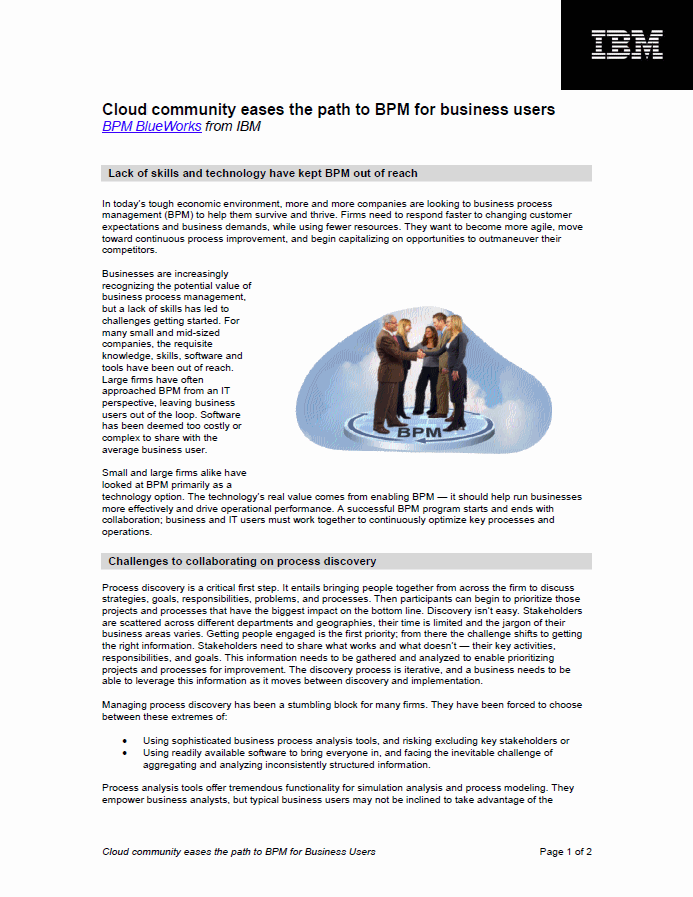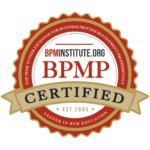The importance of having an efficient system of business processes to drive an organization may seem like basic principle. If a business isn’t running efficiently, it may not be realizing or maximizing its financial, market coverage or other strategic goals. In a recent survey of 1,400 CIOs by Gartner Executive Programs, the top business priority identified by CIOs was business process improvement1. For individuals or organizations that are being asked to investigate process improvement, Business Process Management or BPM is a term that frequently associated with the process improvement. Unfortunately, BPM sometimes seems to have as many different meanings. Which definition is correct and how can BPM be applied to help achieve process improvement goals?
How to Use AI to Identify Process Improvements from Meeting Notes
Most process teams capture meeting notes. Few ever use them to improve their processes. That’s a missed opportunity. Meeting transcripts and summaries are rich with clues — recurring issues, delays, handoff gaps, or suggestions that surface week after week but never...

















